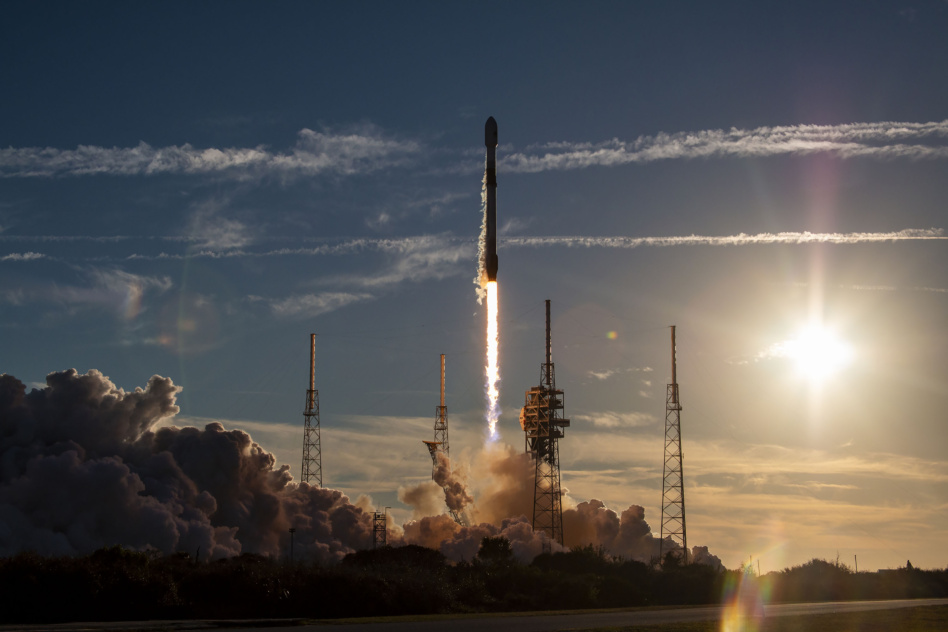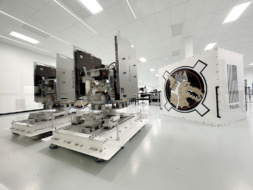The race to disperse thousands of satellites in LEO is putting pressure on the small sat supply chain, especially for components such as electric thrusters.
How we got here: The US Space Development Agency alone has ordered ~500 new spacecraft in recent years, with more contracts expected. When combined with commercial proliferated constellations, spacecraft builders looking for Hall Effect Thrusters, which allow sats to maneuver in orbit, are seeing a crunch in the marketplace.
- Traditional suppliers, such as Busek, are hitting near-term capacity, according to industry sources.
- Astra, the launch vehicle start-up that acquired propulsion company Apollo Fusion, nearly went bankrupt before management bought out public investors. Its customers, such as Terran Orbital, which lost $13M due to Astra’s issues, sought thrusters elsewhere, adding to the stress on the industry.
- Russia’s invasion of Ukraine led to restrictions on purchases of electric thrusters from Roscosmos’ producer EDB Fakel, further tightening supply in the West.
“You could be thinking about 100 [thrusters] a month type of numbers across the industry,” Redwire CTO Al Tadros told Payload about the level needed to meet current demand. “And that’s with the current tranches of SDA. As they go to full constellations, you might see a 10x level of growth in production.”
Fill the gap: What’s the plan for giving these birds some oomph? This summer, Redwire ($RDW) announced a partnership with spacecraft propulsion startup Phase Four to commercialize a NASA-designed Hall Effect Thruster, and manufacture them in large volumes.
“We absolutely need a large second American provider of these Hall Effect Thrusters, and our goal is to be able to chunk out 300 of these a year by the end of next year,” Phase Four CEO Steve Kiser said. The new thruster will be called Valkyrie.
Phase Four will provide the propulsion know-how, while leveraging Redwire’s scale, component heritage, and global sales force. It’s an interesting partnership for Redwire, which typically snaps up suppliers through acquisitions. The two firms are both working on a DARPA VLEO project, which helped set the stage for this collaboration.
For Tadros, the partnership and its focus on strong program management is a sign of a maturing industry. “There’s a number of things that aren’t necessarily required for innovation, but are required if SDA or someone wants 40 of these on one block, delivered, and launched in two or three years,” he said.




